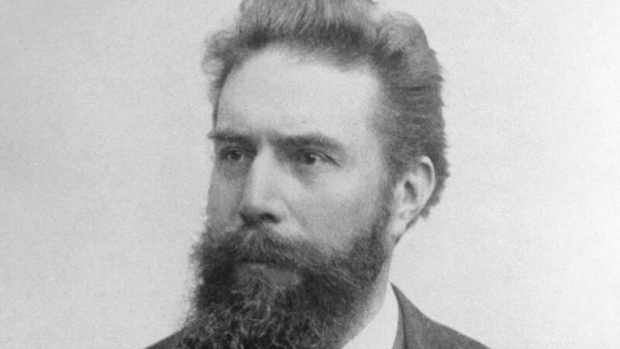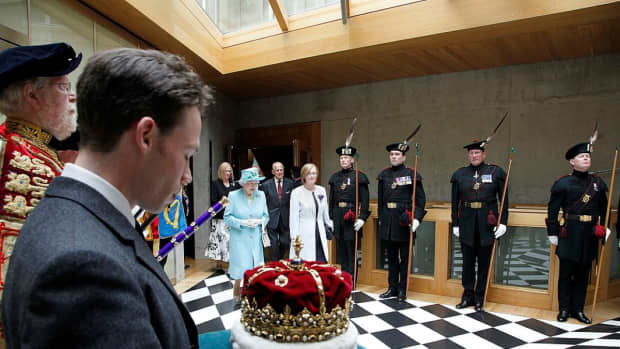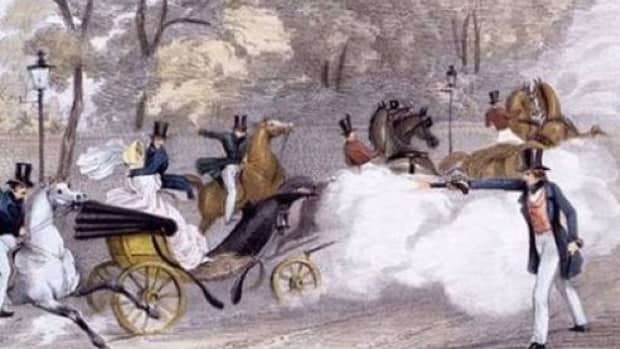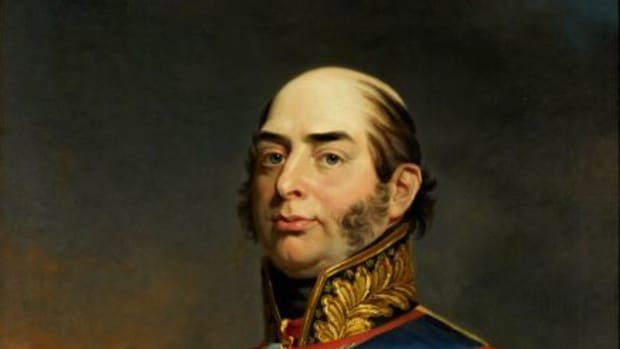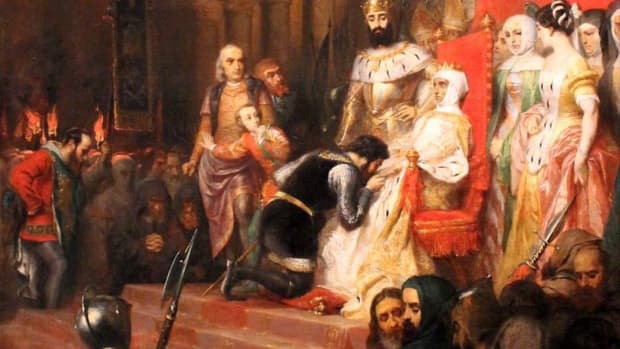The Castle of Mey: The Queen Mother's Scottish Retreat

The Castle of Mey, Caithness in Scotland was the holiday home of Queen Elizabeth, the Queen Mother.
Wikipedia/Orikin98 CC3.0
1952: Queen Elizabeth, the Queen Mother
King George VI of Britain passed away on 6th February 1952. In the months that followed, Queen Elizabeth, his queen consort and widow, forged a new role for herself within the royal family as the Queen Mother.
Her London home became Clarence House after her daughter and son-in-law, Elizabeth II and Prince Philip, finally convinced her to move out of the royal headquarters at Buckingham Palace. She did so begrudgingly.
For the next fifty years, she completed her diary of speech giving, establishment opening and charity-supporting receptions and visits, and she famously spent well beyond her means. (Elizabeth II paid all her mother's debts). She was regarded as the nation's and the commonwealth's granny by the time of her death at 101 on 30th March 2002.
The Scottish Castle of Mey was synonymous with this indomitable lady born Lady Elizabeth Angela Marguerite Bowes-Lyon.

Her Majesty Queen Elizabeth, the Queen Mother was the wife of King George VI of Britain and the mother of Elizabeth II and Princess Margaret.
Wikipedia/Richard Stone Public Domain
Barrogill Castle: Royal Holiday Home in Northern Scotland
In 1952, Elizabeth purchased a private Scottish home where she could "get away from everything" and pursue her interests. The remote and dilapidated Barrogilll Castle in Caithness was her choice of holiday home. The castle faces the often inhospitable North Sea, and on a clear day, the Orkney Islands are visible from the estate.
The bishops of Caithness had called the property on the Lands of Mey their home until George Sinclair, 4th Earl of Caithness and Clan Sinclair's leader, had his Castle of Mey constructed between 1566 and 1572.
George had commissioned it for his second son, William, but William was murdered by his older brother, John, before he could move in. John, too, was murdered, so the third son, George, inherited the castle and established the Sinclairs of Mey dynasty.
Successive earls of Caithness resided there. The original building was extended several times during the 17th, 18th and 19th centuries to give us the current castle. The castle ceased to be a Sinclair property in 1889 when the 15th Earl of Caithness passed away.
Captain Imbert-Terry Sells the Castle to the Queen Mother
The 15th Earl of Caithness was thirty, unmarried and childless when he died. He bequeathed the castle to renowned Victorian zoologist Frederick Granville Heathcote on the condition that he and his wife Agnes changed their surname to Sinclair, which they happily did. He passed away in 1914, and Agnes sold the castle to Captain Frederic Bouhier Imbert-Terry in 1929.
The castle served as a Second World War rest home for soldiers. In 1950, the captain sold the farmland attached to the estate.
When grieving Queen Elizabeth, the Queen Mother paid a visit to her friends Commander and Lady Doris Vyner in 1952; she approached the captain about purchasing Barrogill. He was so excited that he said he would give her the castle as a gift. She politely refused his generous offer, and the exact amount she paid has never been disclosed. One rumour says £100, and another claim was that she gave the captain £1. To say that either amount was a good deal is an understatement. The castle came with thirty acres of land.
Recommended
She may also have bought a resident spectre. According to The Castles of Scotland, the lovelorn Lady Fanny Sinclair, "The Green Lady," daughter of the 5th Earl of Caithness, haunts the castle.
Take a Tour of the Castle of Mey
The Castle of Mey Has Electricity Installed in the 1950s
Only the tower of the castle was in good enough repair to live in when she bought Barrogill and restored its original name, the Castle of Mey.
Considerable renovations were carried out, including the installation of electricity and a water supply for the first time in the castle's history. The west wing took until 1960 to complete, and gradually, the interiors were decorated and furnished to her majesty's tastes. In a nod to the previous owners, Elizabeth had several portraits of the earls of Caithness adorning the castle walls.
Elizabeth transformed the gardens. They have benefitted from the high walls surrounding them, which has created a warmer micro-climate in which blooms flourish year after year. She opened the gardens to the public for three days each year in aid of Scotland's Gardens Scheme.
In 1958, Elizabeth purchased the adjacent property Longoe Farm.
The Queen Elizabeth Castle of Mey Trust
In 1996, Queen Elizabeth, the Queen Mother, arranged for the Castle of Mey to be left in a charitable trust with Charles III, then the Prince of Wales, Duke of Rothesay as its president and a board of trustees to run the estate. Charles inherited the castle in 2002 when she died.
The Queen Elizabeth Castle of Mey Trust and now The Prince's Foundation opens the castle to thousands of visitors each summer.
In 2019, Charles opened The Granary Lodge. This is a ten-bedroom luxury bed and breakfast on the castle grounds in place of the stables and granary.
The East Wood houses the Animal Centre, where guests can meet Alice, the Donkey, rabbits, chicks, ducks and Daisy, the wooden milking cow.
In 2023, Charles gave the historical property a new purpose. It has opened as a place for people to keep warm and interact during the cost of living crisis.
In past years, during the last week of July and the first week of August, the castle closed so that Charles and Camilla could take a private holiday at the castle. As king, he may not be able to continue this practice.
Sources
- From the archive: The Castle of Mey, the Queen Mother's Scottish retreat (1959) | House and Garden
Take a look inside the late Queen Mother's Scottish castle with our 1959 archive feature on the house. - The Castle And Gardens Of Mey, Thurso – Castles | VisitScotland
- History | The Castle of Mey
This content is accurate and true to the best of the author’s knowledge and is not meant to substitute for formal and individualized advice from a qualified professional.
© 2023 Joanne Hayle


